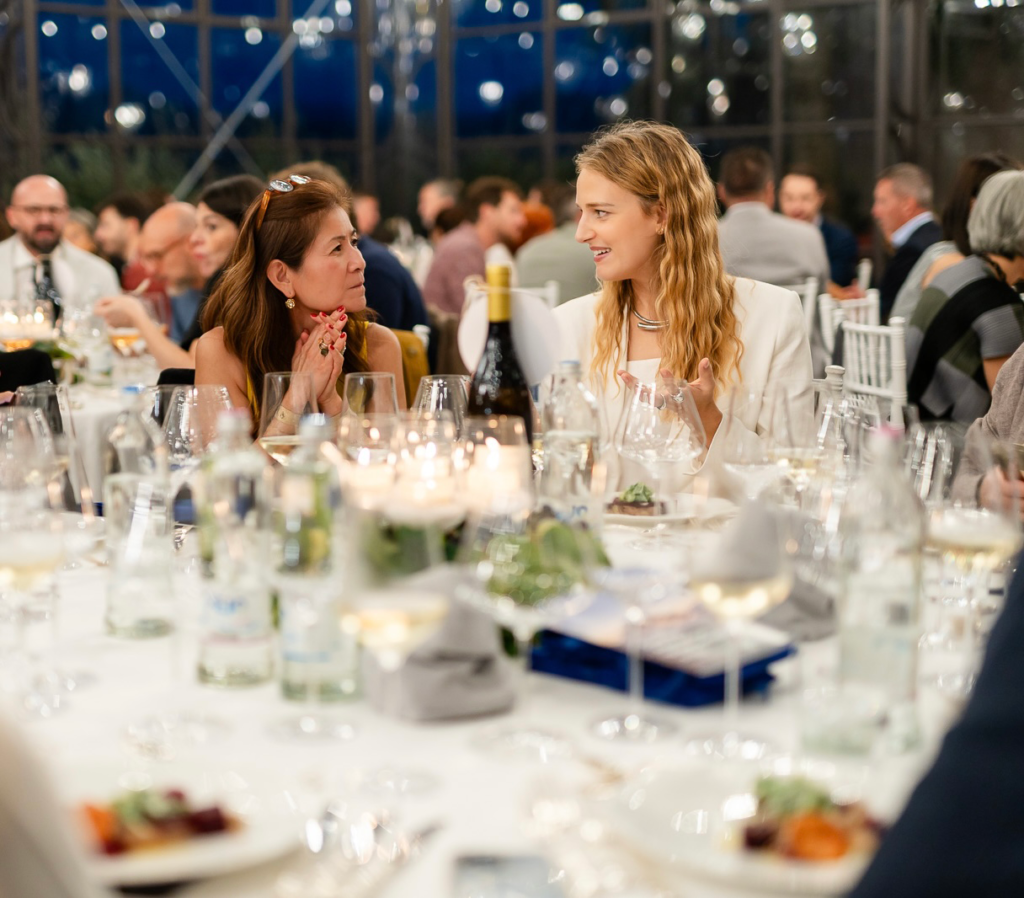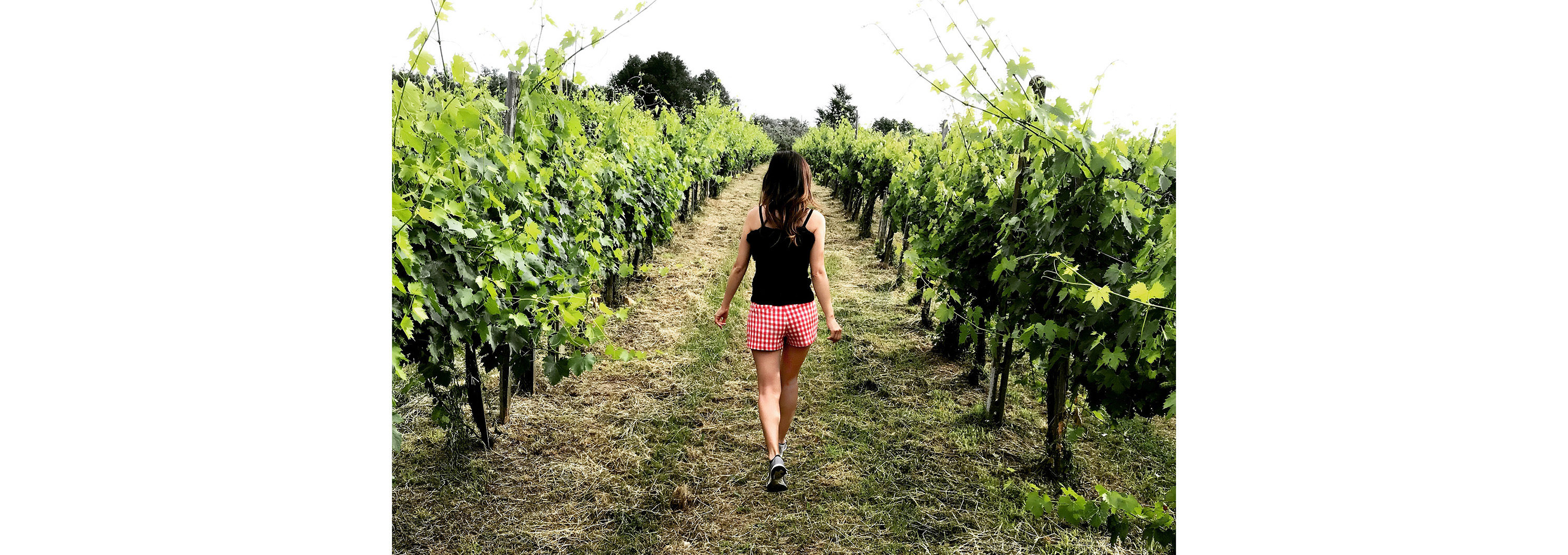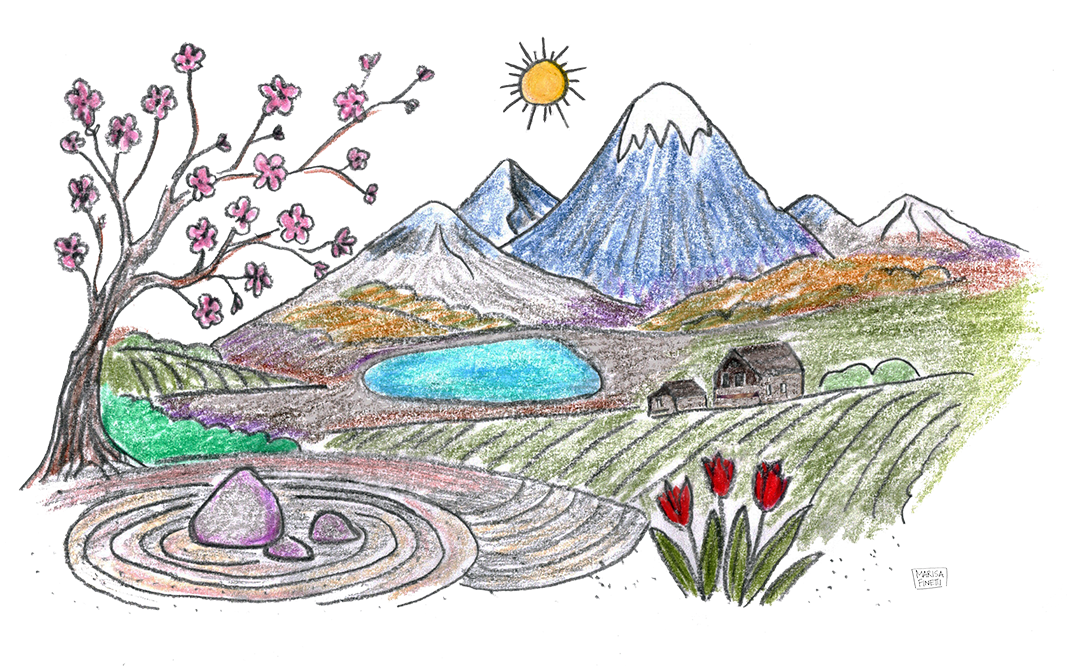During dinner with Jessica Poier from IDM, promoters of Alto Adige, we spoke about her region’s culture and traditions. Sensing my curiosity, she leaned in and asked in her soft voice, “You’re Japanese, right?” I told her I was born in Japan and am half-Japanese. Jessica smiled. “I believe the people of Alto Adige have much in common with the Japanese people and culture.”
That thought had never crossed my mind before, but I must admit, there was something about Alto Adige that I was drawn to beyond the wines and the food, the majestic mountains, the interesting geology and ice blue lakes.
Was it just aesthetics? The perfectly placed window boxes, the clean streets or the traditional wooden structures that remind me of the onsen (hot spring) houses around Mount Fuji? Maybe the respect for nature and rituals. Our conversation revealed that it was deeper than that. Alto Adigeans are shaped by mountains, tradition, and meticulous care—whether in festivals, folk costumes, or the daily rhythm of life. They have cultural reinforcement of order and discipline. That same devotion shows up in the vineyards and cooperatives. Their love of community and tradition is woven into how they cultivate and honor their grapes to produce great wines.
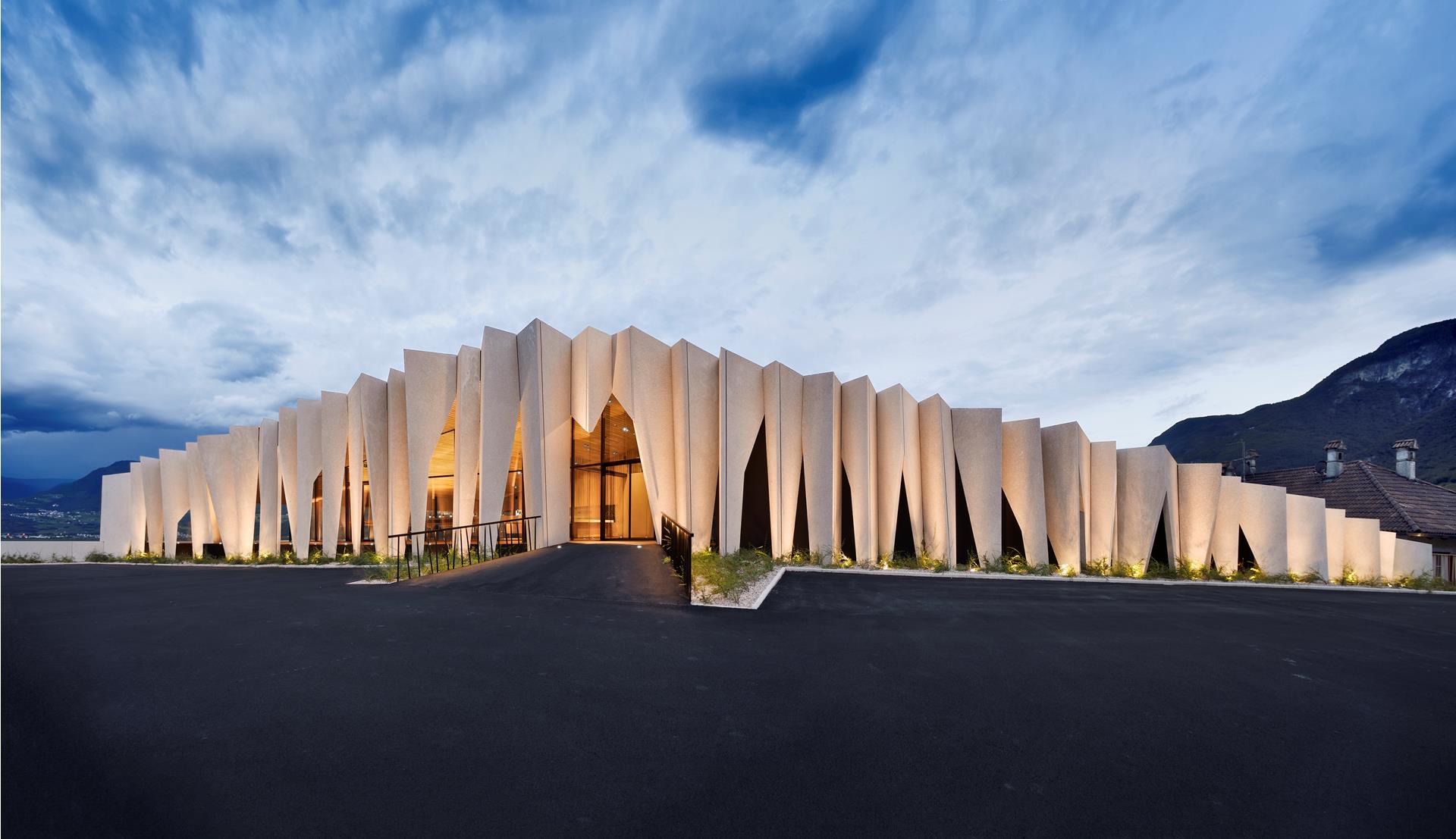
Italy’s northernmost province is a study in harmony. In Alto Adige, achieving greatness is a collective effort. About 70 percent of the region’s wine is produced by cooperatives rather than independent estates. Here, community isn’t just a value—it’s the foundation of quality. Thousands of growers tend their small vineyard plots perched on steep, rugged slopes above the apple orchards that blanket the valley floor. Together, they create something far greater than any individual plot could accomplish. Where some of the world’s greatest wines emerge, winemaking transcends ego. It is a communal endeavor built on motivation, trust, and precision – values that resonate with a distinctly Japanese sensibility.
Walking into Cantina Tramin, the stillness hits first. Modern, clean lines, open spaces, and views of nature. Every detail is deliberate. “And our co-owners are the heart of everything we do,” says Wolfgang Klotz. Humility pulses through his gestures, a trait shared by the Japanese mindset, where mastery, collaboration, and devotion to daily practice are valued. Each grower tends their own small plot, which means every decision—every pruning snip, every pass through the vines—comes with care and intention.
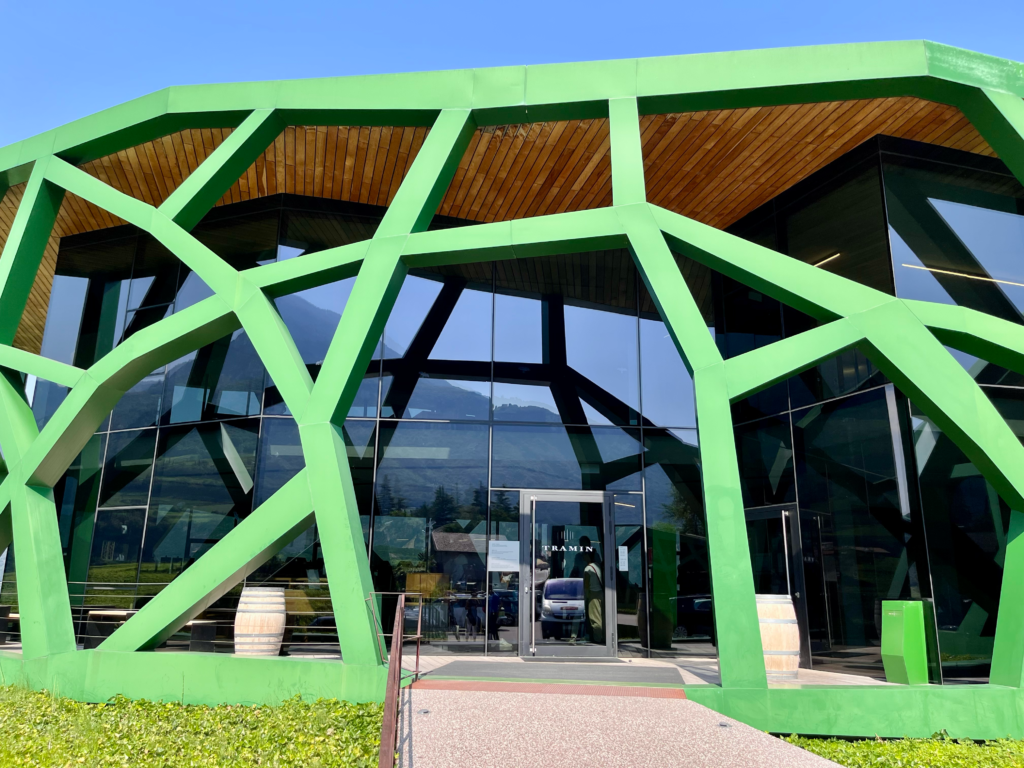
This philosophy carries through from vineyard to cellar. For the cooperative’s acclaimed Epokale Gewürztraminer, Cantina Tramin chose a cool, dark cave deep within the Monteneve Ridanna mine. A wine like this cannot be rushed; it mirrors the grower’s careful rhythm and teaches patience and restraint.

Experiencing that patience firsthand became even more evident on a hike to the top of Corno Bianco (Weisshorn). Wearing low-tread sneakers with no ankle support, I dragged behind Wolfgang as his boots crunched on white dolomite, winding through alpine meadows where cows grazed to the rhythm of their bells. At the summit, breathless and wind slicing across my face, I felt the philosophy of Alto Adige distilled into a single moment. The cooperative was no longer an abstract concept—it was something vast yet boutique, shaped by countless hands over generations, united in pursuit of “high” quality.
Cooperatives are synonymous with Alto Adige. Yet “collective” does not mean uniform. Each vineyard is treated with individual care and attention. Guided by agronomists, growers adhere to strict standards, which results in both pride and greater compensation. At harvest, grapes from dozens of small parcels are blended into wines that speak of precision and purity.
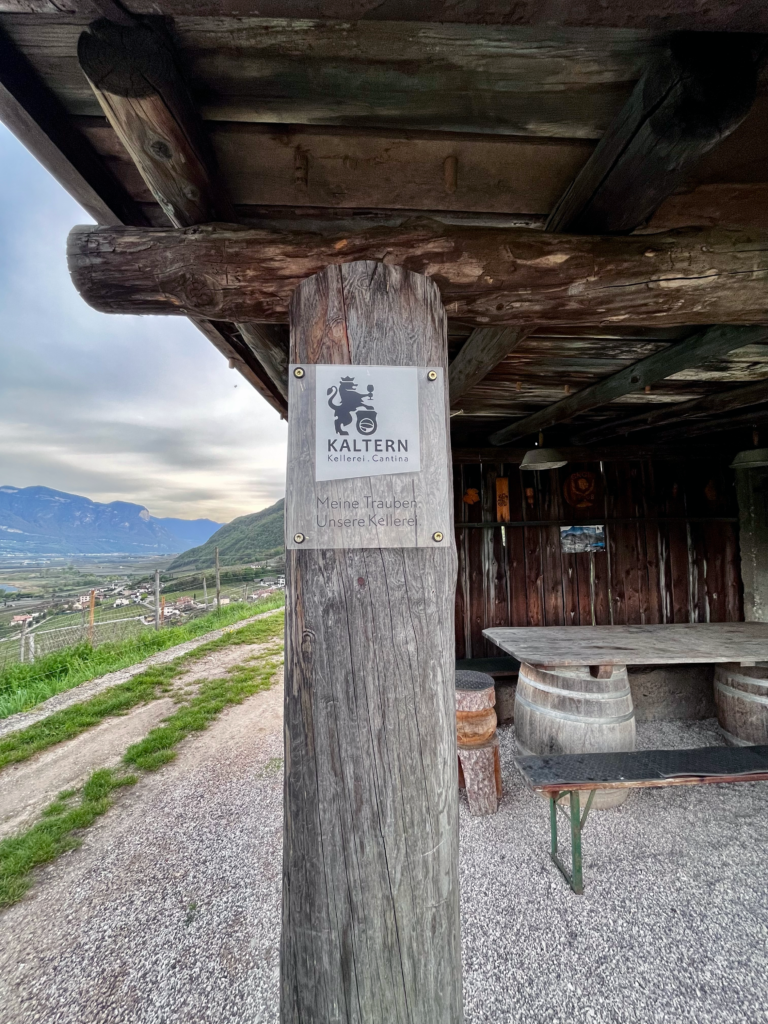
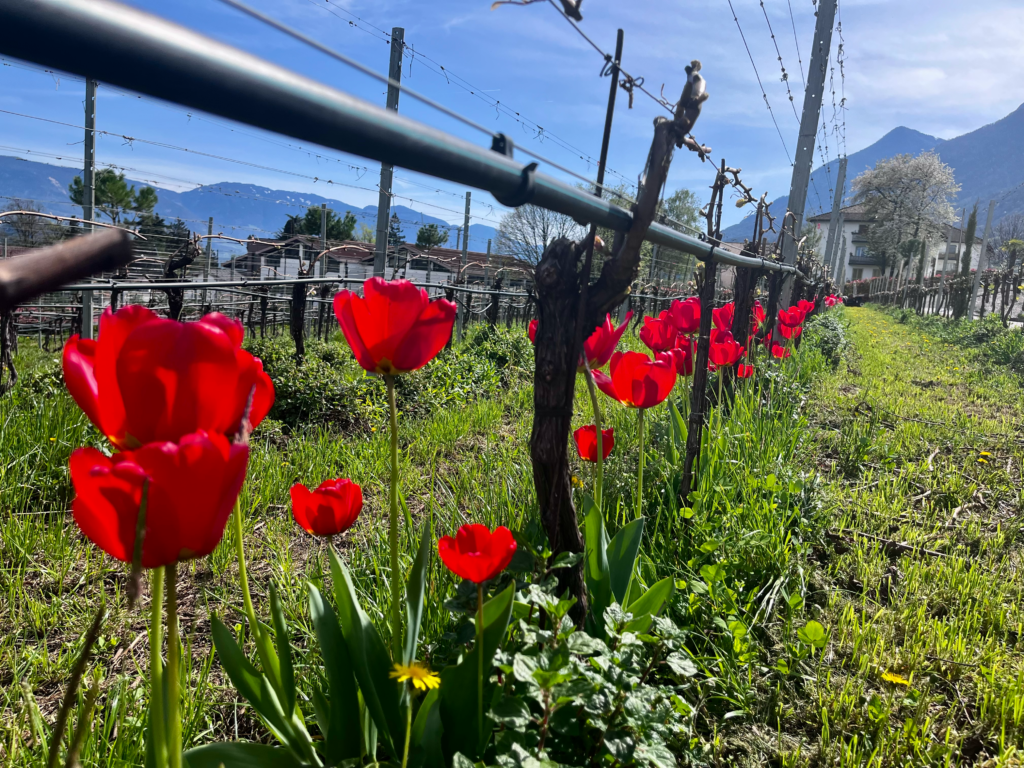
A visit to the historic vineyard where Girlan’s Alte Reben Vernatsch is born reveals vines between 80 to 100 years old, rooted in small plots tended by several of the co-op’s growers—families who have cared for them for generations. Each contributes a piece of the story, their collective experience feeling both personal and communal. It’s the Japanese spirit of harmony made tangible: individual mastery in service of a shared pursuit of quiet perfection.
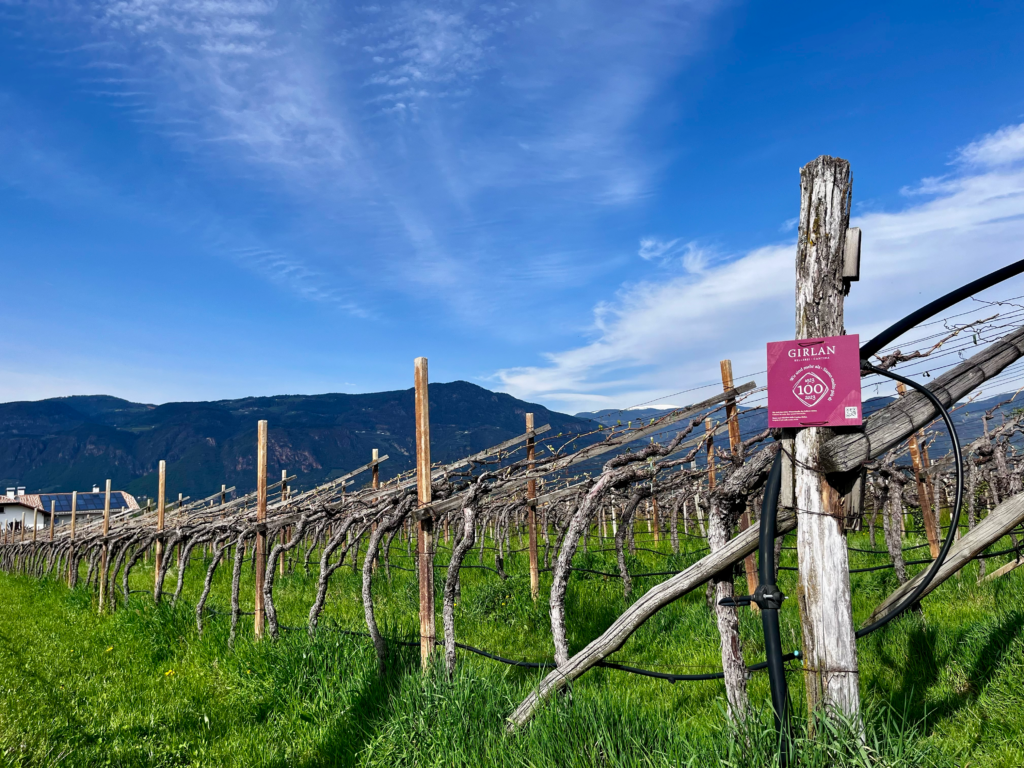
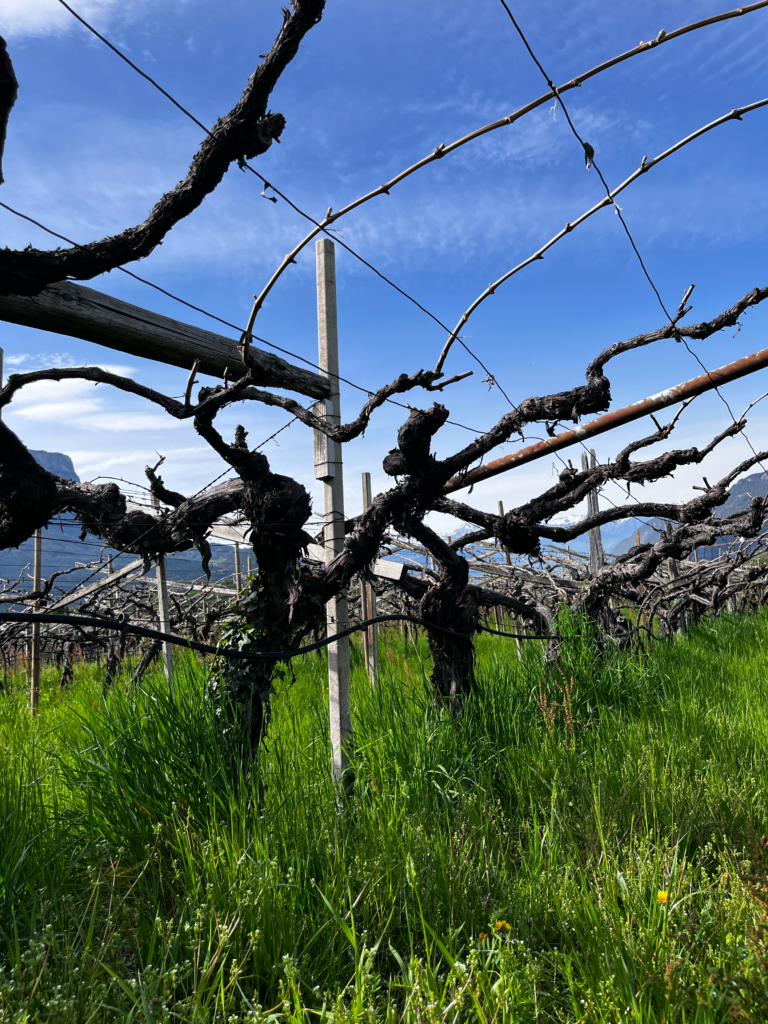
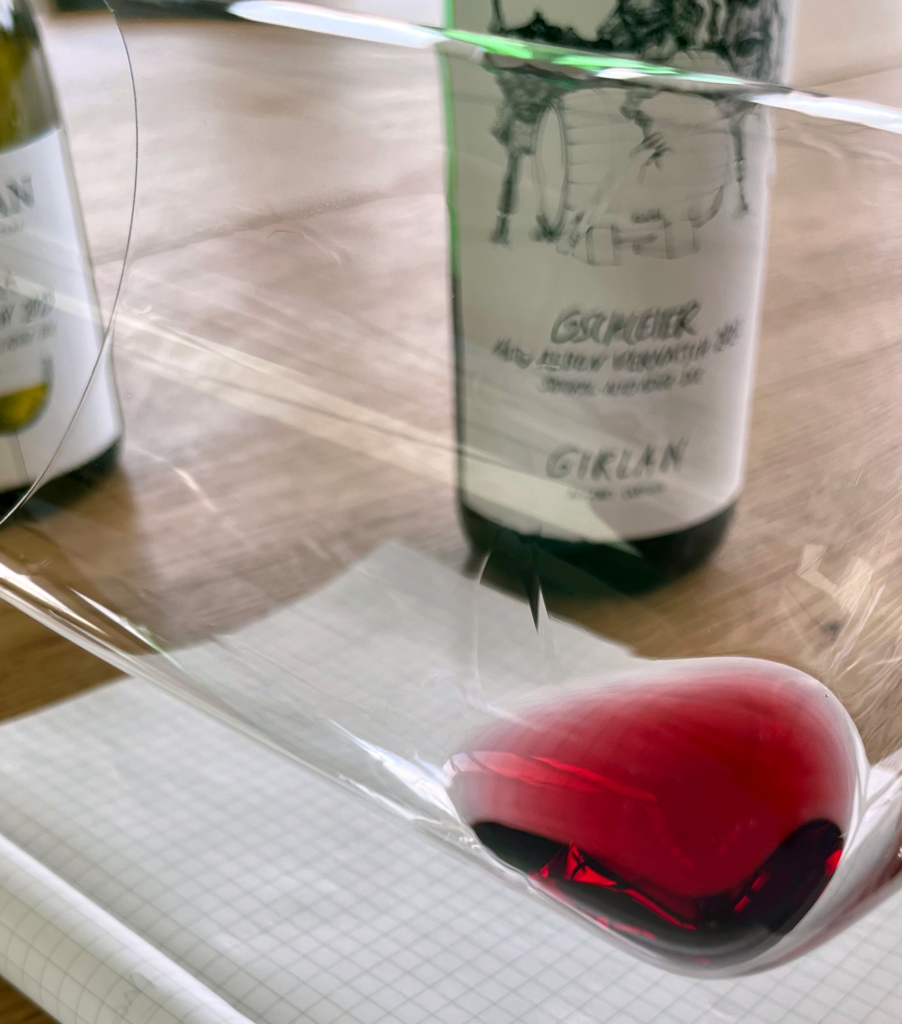
How did these co-ops originate? Marc Pfitscher of Cantina Girlan explains that under Austro-Hungarian rule, the area inherited Napoleon’s inheritance law, which granted each child an equal share of property—much like in Burgundy. The result was land divided into countless small parcels.
“We had to find a structured solution, and this is how cooperatives were founded, allowing smaller growers to continue their work,” says Marc.
The cooperative allows all growers to own an their share of the business. Profits are distributed, incentivizing each grower to do their best. Beyond economics, there’s a shared philosophy that helps overcome challenges and humanizes the pursuit of excellence in the vineyard.
At Kurtatsch, the rows of vines cascade down the slope like a staircase into the valley. I stood on one of their 190 small family farms, where sustainability isn’t just a concept—it’s a promise to future generations. Each member of the cooperative tends to about one hectare by hand, guided by wisdom passed down through time. Every voice matters, and the well-being of the community takes precedence over individual gain. This cooperative doesn’t just produce wine; it nurtures a way of life that is distinctly Kurtatsch.
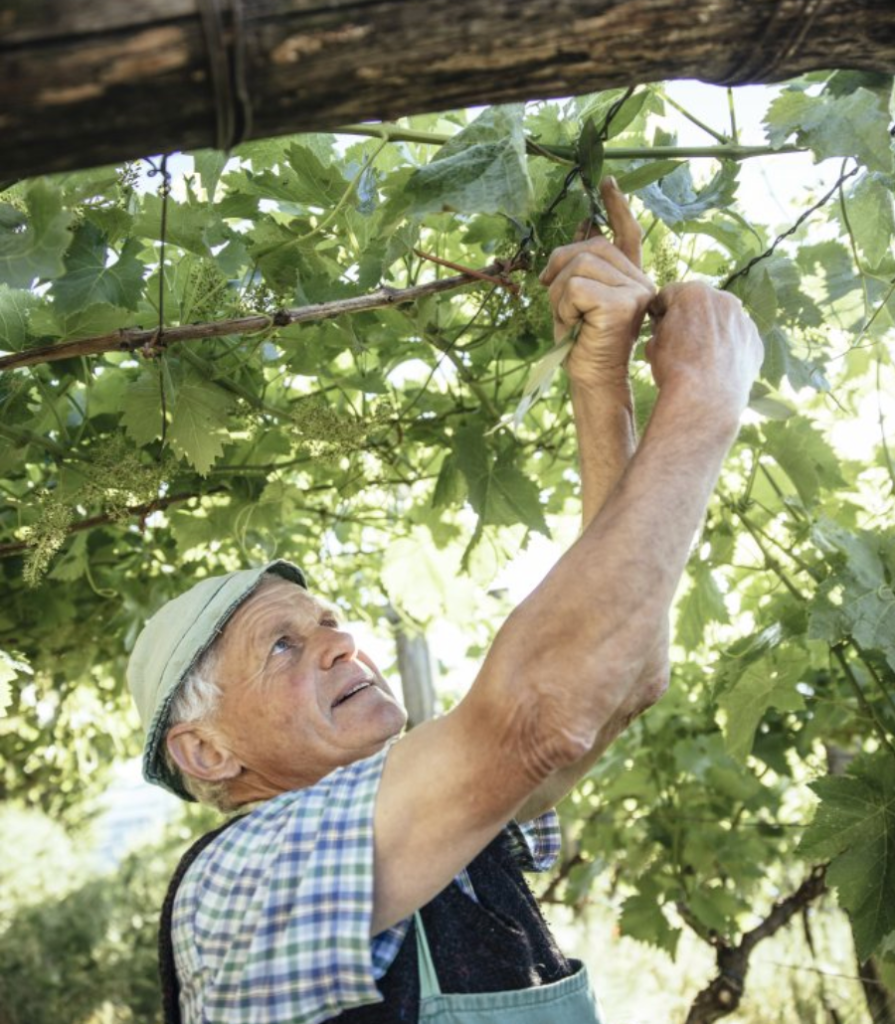

Farther north in the middle Adige Valley, at the foot of the steeply terraced Vorberg vineyard, Julia Springeth, Sales Manager of Cantina Terlano, whose father is also a grower, explains, “Cantina Terlano is one of the oldest winery co-ops in Austria. I have to say that because when Terlano was founded, we were still part of Austria in 1893.”
Over a century ago, noble families and the Church produced and sold wine, but small landowners struggled to compete with them. Terlano began with 24 families who joined together to form a single family—the co-op—which now comprises 145 families across 190 hectares, with an average of less than one hectare per family.
These producers take great pride in their work. As I took a sip of Vorberg, I could taste the pride in its texturally rich Pinot Bianco, its mineral and salty depth finishes with a lingering creaminess, begging for spicy seafood, springtime white asparagus, and a plate of knödel.

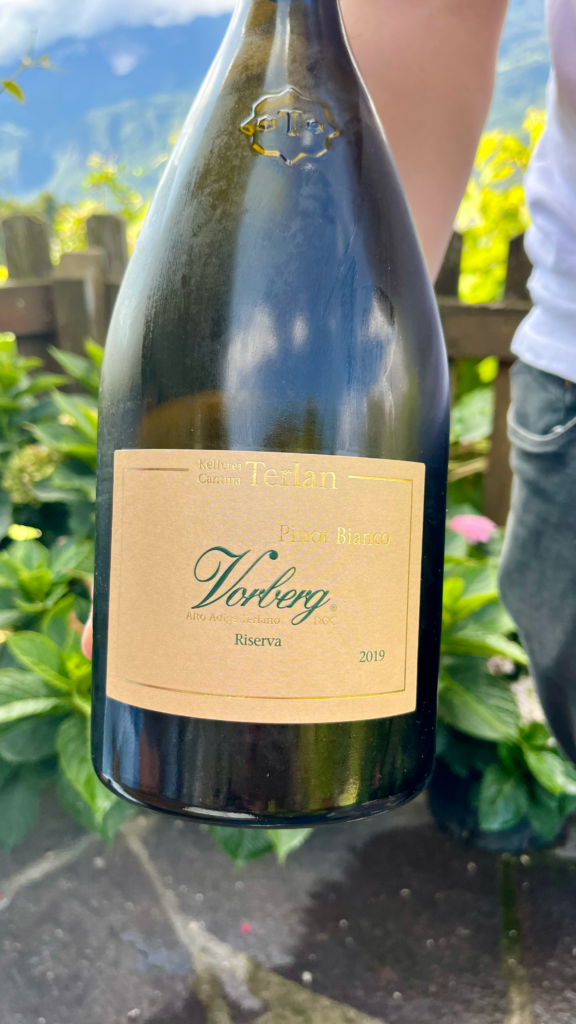
To achieve such greatness, growers await their analytical results each year with optimism. “They stand in the yard and share their results: ‘I got a 3, I have a 2+,’” says Julia. The rating ranges from -3 to +3, indicating the performance from least to best. Yet even with this quiet competition, collaboration remains central – striving for excellence while maintaining communal harmony.
Above all, Alto Adige’s co-ops are human. They thrive on relationships. Small growers entrust their vineyards to the collective, and the collective honors that trust with meticulous care. Mistakes are examined, lessons learned, and success shared. It’s a system that prizes long-term harmony and sustainability over short-term gain—a reflection of both the Alto Adige mindset and the Japanese philosophy of collectivism, characterized by discipline, humility, and traditional, but forward-thinking.
Experiencing Alto Adige feels like inhaling more than just fresh air. It’s absorbing a quiet order, a reverence for detail and tradition that feels, to me, strikingly familiar.

And the wines are exceptional, vibrant, enduring, and full of pride. Despite its modest size, Alto Adige produces an impressive variety of grapes. This includes indigenous varieties like Lagrein and Schiava, as well as mountain-grown Pinot Noir, and lively whites such as Pinot Bianco, Chardonnay, Pinot Grigio, and Sylvaner. Alto Adige’s level of quality has earned global recognition for its wines, and, importantly, for its cooperative practices.
On my last night, I ran into Jessica again. This time she was dressed in the traditional Tracht of Alto Adige, as were many locals on that celebratory night. I was struck by how it echoed the Japanese kimono—both worn for special occasions, crafted with care and detail, and steeped in history. Just as the cooperatives nurture vineyards with patience and precision, these garments carry the memory of generations and a shared culture. In that moment, I realized not only the true spirit of Alto Adige, but also a deeper personal connection.
